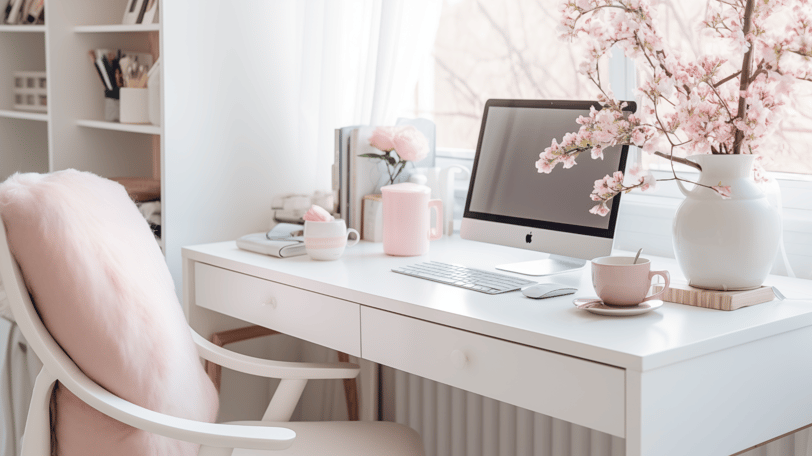How to Pick the Right Monitor
The Productive Way to Work
WORKPLACE BASICS
12/2/2024


Choosing a monitor to connect to your laptop involves several factors to ensure compatibility, performance, and convenience. Here's what to consider:
1. Display Size
Smaller Screens (21–24 inches): Ideal for tight spaces or casual use; typically Full HD resolution.
👉 Direct Purchase ARZOPA S1 Table 15.6-inch on Amazon.
(Refresh Rate: 60 herts, Resolution: 1080p, Response Time: 3 milliseconds)👉 Direct Purchase KYY K3 15.6-inch on Amazon.
(Refresh Rate: 60 herts, Resolution: FHD 1080p Ultra Wide, Response Time: 1 milliseconds)Medium Screens (24–27 inches): Best for productivity, multitasking, and general use; look for QHD (2560x1440) or higher resolution.
Larger Screens (28–34+ inches): Great for immersive gaming, video editing, or multitasking; often available in 4K UHD resolution.
👉 Direct Purchase Sceptre C345B-QUT168 Curved 34-inch on Amazon.
(Refresh Rate: 165 herts, Resolution: QHD Wide 1440p, Response Time: 1 milliseconds)
2. Refresh Rate: a monitor refers to the number of times the display updates its image per second, measured in hertz (Hz).
60Hz: Standard for everyday work like web browsing, emails, and video playback.
120Hz/144Hz: Recommended for gaming or tasks involving high-motion visuals.
👉 Direct Purchase Dell G2725D 27-inch on Amazon.
(Refresh Rate: 180 herts, Resolution: QHD Wide 1440p, Response Time: 1 milliseconds)👉 Direct Purchase LG 27GL83A-B 27-inch on Amazon.
(Refresh Rate: 144 herts, Resolution: QHD Wide 1440p, Response Time: 2 milliseconds)240Hz+: Ideal for competitive gaming and eSports enthusiasts who need ultra-smooth motion.
💡 Smoother Motion: A higher refresh rate makes motion on the screen smoother and reduces motion blur, which is especially noticeable in fast-paced activities like gaming or video editing.
💡 Gaming: Competitive gamers often prefer monitors with 120Hz, 144Hz, or even 240Hz refresh rates for better responsiveness and an edge in gameplay.
💡 General Use: For everyday tasks like browsing or working, a 60Hz refresh rate is usually sufficient.
3. Resolution
Full HD (1920x1080): Suitable for smaller screens or budget setups; works well for general tasks.
QHD (2560x1440): A sweet spot for sharp visuals and performance on medium-sized screens.
4K UHD (3840x2160): Provides exceptional clarity and detail; best for large screens, creative professionals, or multitasking.
5K and 8K: Niche options for ultra-high-definition workflows, typically for specialized design or video editing tasks.
4. Response Time: how quickly a pixel can change from one color to another, typically measured in milliseconds (ms)
1–5ms: Essential for gaming to minimize motion blur and input lag.
👉 Direct Purchase Sceptre 27-inch on Amazon.
(Refresh Rate: 100 herts, Resolution: FHD 1080p, Response Time: 1 milliseconds)5–10ms: Adequate for general productivity and non-gaming use.
💡 Lower Response Time (1–5ms):
Reduces motion blur and ghosting (trails behind fast-moving objects).
Ideal for gaming, sports streaming, and action-packed videos.
💡 Higher Response Time (5ms or more):
May result in slight motion blur, but it’s usually sufficient for general use like web browsing, document editing, or casual media consumption.
By considering display size, refresh rate, resolution, and response time in addition to other factors like port compatibility and ergonomics, you can select a monitor that perfectly complements your laptop's capabilities and your needs!
EntrepreneurNook
Combine minds, ignite ideas.
Contact
© 2024. All rights reserved.
